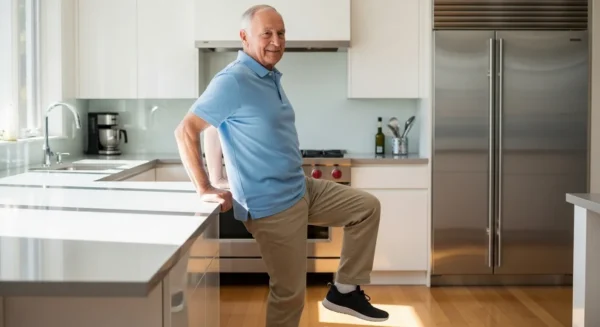
Practice 4: Practicing Gratitude
In our focus on physical health, it’s easy to overlook the profound impact of our mental and emotional state on longevity. Practicing gratitude is a simple yet powerful mental exercise that can shift your perspective from what’s wrong to what’s right. This isn’t about ignoring life’s challenges, but about actively noticing the good. This practice is a form of alternative health for the mind that has been shown to reduce stress, improve sleep, and boost overall happiness.
Understanding the Benefits: Gratitude helps lower levels of cortisol, the body’s primary stress hormone. Chronic stress contributes to inflammation and a host of health problems, from high blood pressure to a weakened immune system. By consciously focusing on the positive, you can foster a sense of calm and resilience that benefits your physical health.
How to Practice Safely: This is a gentle practice that can be adapted to any ability level.
- Keep a Gratitude Journal: Each evening, write down three to five things you are grateful for. They don’t have to be big things. It could be a sunny day, a warm cup of coffee, or a pleasant conversation.
- Express Your Thanks: Make it a point to thank someone every day. Thank the mail carrier, your spouse for a simple kindness, or call a friend to thank them for their friendship.
- Mindful Moments of Gratitude: Pause for a moment during your day. Take a deep breath and notice something you appreciate in your immediate surroundings—the comfort of your chair, the view from your window, the sound of birds singing.
Consult a Doctor If: You find it impossible to feel gratitude due to overwhelming feelings of sadness, hopelessness, or apathy. These can be signs of depression, a serious medical condition that requires professional evaluation and treatment. Seeking help is a sign of strength.















